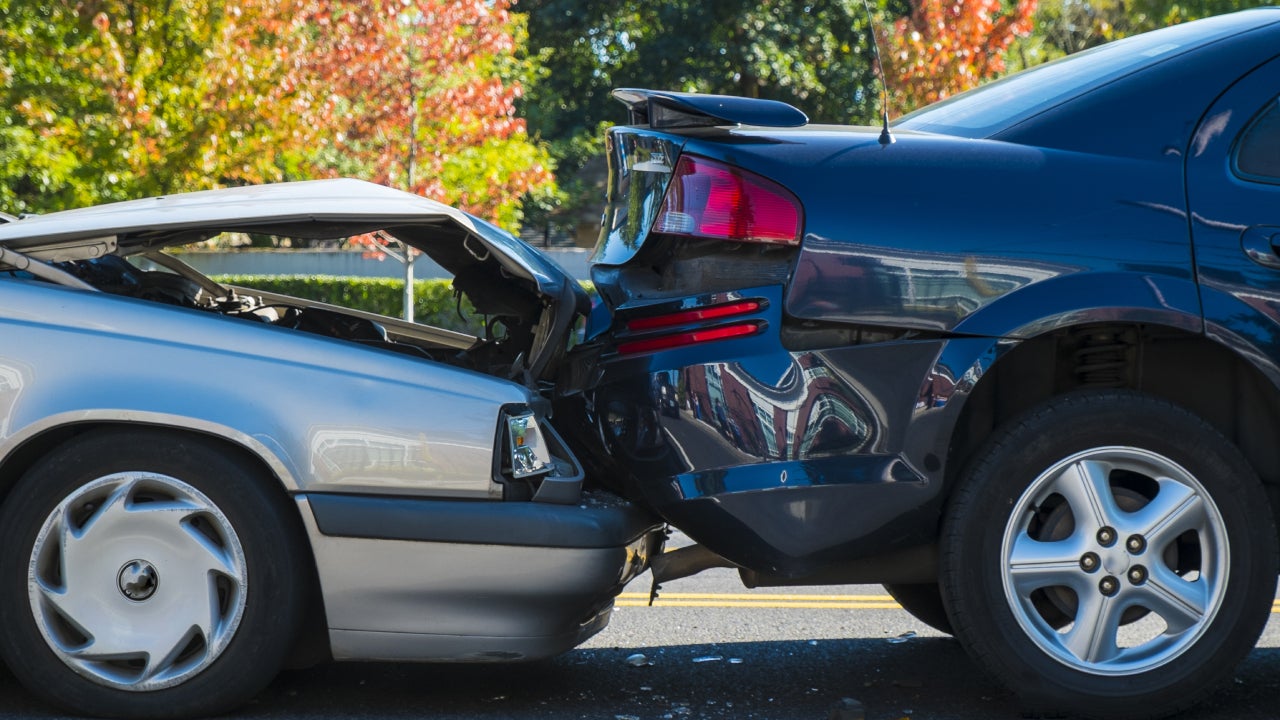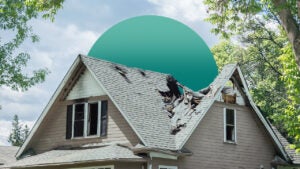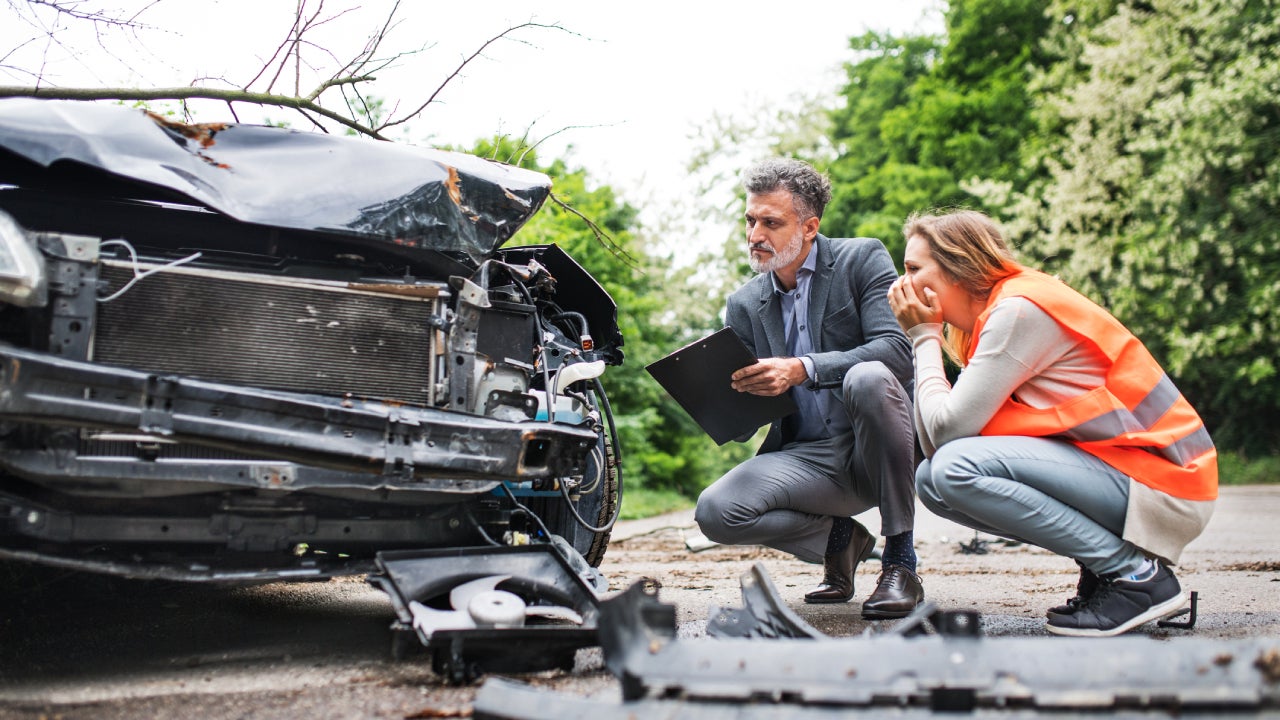What is property and casualty insurance?

Key takeaways
- Property and casualty insurance describes policy types that financially protect losses to your property as well as financially protect you against losses to others that you are liable for.
- While property and casualty insurance are technically different insurance types, they are typically sold together.
- Property insurance covers your property and personal belongings.
- Casualty insurance covers your liabilities to others.
What is property and casualty insurance? You may have heard or read about these terms if you have ever purchased insurance. Also known as P&C insurance, these are two types of coverage, usually sold together, found in many insurance policies — home, auto or condo. Property insurance, as the name suggests, helps pay to replace your property following a covered loss, whether a car totaled in an accident or a home damaged in fire. Casualty insurance, meanwhile, refers to coverage for your liability in a covered claim. That means that if others lose their property or are injured, it helps pay their costs. It may also cover legal costs if you are sued.
What is property and casualty insurance?
Property and casualty insurance, also known as P&C insurance, isn’t a single type of insurance. It’s an umbrella term that describes many types of insurance policies, including auto, homeowners, renters and condo insurance. As the name suggests, the meaning of P&C insurance has two parts — property coverage and casualty coverage:
- Property coverage covers things like your house, car, clothing, furniture, electronics and valuables. If your personal property is damaged or destroyed by a covered peril, your personal property coverage can help pay to repair or replace them.
- Casualty insurance covers your liability. For instance, if a delivery driver slips and falls on your icy driveway, the liability portion of your home insurance may pay for your legal fees if the driver takes you to court. If you cause a car accident, your car insurance liability coverage helps you pay for the other driver’s expenses.
Although property coverage and casualty coverage are technically different types of insurance, they aren’t sold separately because most common insurance policies bundle them together. Even the most basic homeowners, auto and renters insurance policies include both property and casualty coverage.
Types of P&C insurance
Because property and casualty insurance are general insurance groupings and comprise the two primary forms of coverage, many types of insurance fit under the P&C category. All of the following policy types can include both property and casualty coverage.
Auto insurance
In most states, drivers are legally required to carry at least a minimum amount of car insurance that meets the state-mandated coverage limits. These minimums payout for liability, or in other words, the casualty portion of P&C insurance. For instance, if you hit another car, your liability insurance would help pay for the other driver’s damages, including vehicle repairs and medical expenses. Optionally (and commonly), drivers can also purchase full coverage to cover repairs and replacement for their vehicle after an accident or other covered incident.
Home insurance
Standard HO-3 home insurance policies provide property and casualty insurance, covering the structure of your home, the personal items inside of it and the potential risk to your guests. If a guest is injured on your property and you are found responsible, your legal fees would be covered up to the policy limits.
Condo insurance
Condo insurance functions similarly to home insurance, but coverage only includes the interior of the unit, personal belongings and liability to guests. The condo association policy would be responsible for covering all public areas and shared amenities of the condo. Exact details can vary between condos and policies.
Renters insurance
Renters insurance policies won’t have portions to cover items like walls or appliances. These policies provide property coverage to ensure the renter’s belongings are covered, and they also provide liability insurance in case the renter becomes liable for a guest’s injuries. If you accidentally damage someone’s property and they decide to sue you, the casualty portion of your renters insurance will help pay for the cost.
Landlord insurance
Landlord insurance covers your property if it is rented out to others. It covers damage to the structure itself and may include insurance for any personal property you own that is included in the rental agreement. Landlord insurance also covers your liability if a tenant is injured or their belongings damaged while on the property, and it is found that you are responsible either fully or in part for the injury or damage.
Business insurance
Business insurance entails property and casualty insurance to safeguard the business financial property and assets. The property portion kicks in when the business experiences a direct, covered loss. The casualty portions would apply when the business is liable for third-party claims, such as those made by clients or customers who get injured on the premises or those made by a separate third-party whose property was damaged inadvertently by the company.
Additionally, such policies may include unique protections such as business interruption coverage. This can help pay for business expenses and provide lost income replacement if the business temporarily closes because of a covered loss, like a fire.
Power sports insurance
Power sports insurance is similar to auto insurance, but for certain sports vehicles. It can cover boats, ATVs, golf carts, snowmobiles and more. These policies provide property insurance to cover the cost of repairs to your vehicle from damage and provide casualty insurance through financial liability coverage for the operator. For instance, if you accidentally rode your snowmobile through someone’s backyard fence, the casualty portion of your power sports insurance would pay for the repairs.
How does P&C insurance work?
P&C insurance works like any other type of insurance. If your personal property is damaged or destroyed by a covered peril, you can file a claim with your insurance company to get reimbursed for the losses. The same goes for liability claims, where someone is suing you for damage and seeking compensation for their losses.
In either scenario, you are only covered up to your policy’s property limit and casualty limit. For example, if your house burns down and you lose everything you own, you will only be compensated for the losses up to your policy’s personal property coverage limit. Valuables and electronics are usually subject to specific coverage limits, which tend to be low.
When you purchase any type of P&C insurance, make sure your coverage limits are appropriate for your situation. For instance, if you have $200,000 worth of belongings in your home, your coverage limit should match that. If your coverage limit is too low, you risk paying money out-of-pocket toward a loss.
What is the difference between P&C insurance and dwelling policies?
Property and casualty insurance is distinct from dwelling policies in that the latter does not provide liability coverage unendorsed and is meant for properties that are not a primary residence. While P&C insurance can be applied broadly and utilized in various ways between policies, dwelling policies are meant for specific residential buildings in specific circumstances — typically that don’t qualify for standard home insurance policies.
| P&C insurance | Dwelling policies | |
|---|---|---|
| What it is: | Covers the insured and their belongings as well as financial liability for when the insured is responsible for injury or loss caused to another | Specialized property insurance coverage for residential buildings in unique circumstances, and does not provide liability coverage unendorsed. |
| What it covers: | Can cover various perils and liability, depending on the policy. These policies are used for primary-residence homes, personal belongings, businesses, vehicles and more. | These policies are able to cover residential properties that are vacant, non-owner occupied, under construction, used as seasonal homes or those that otherwise may not meet the criteria for standard home insurance. |
Frequently asked questions
You may also like



What is homeowners insurance and how does it work?

What is property damage liability?


